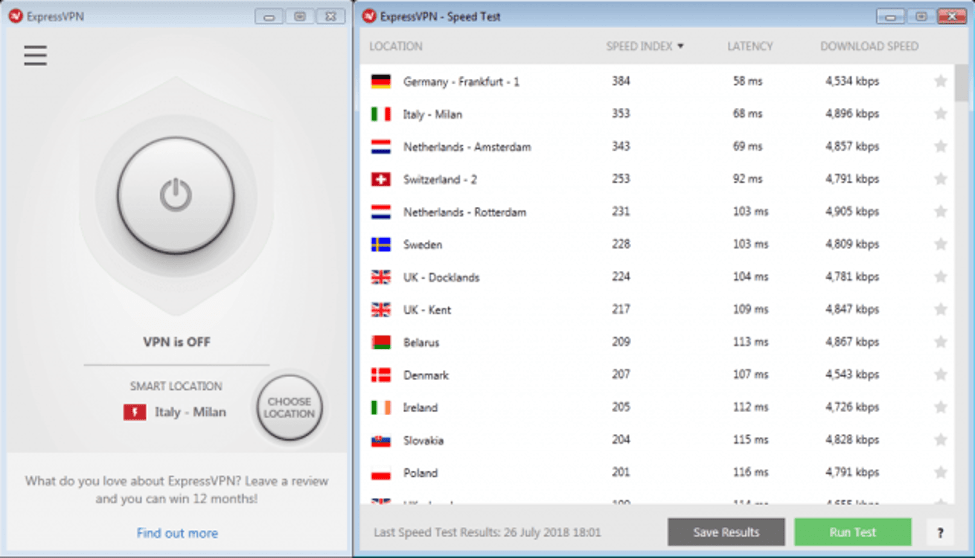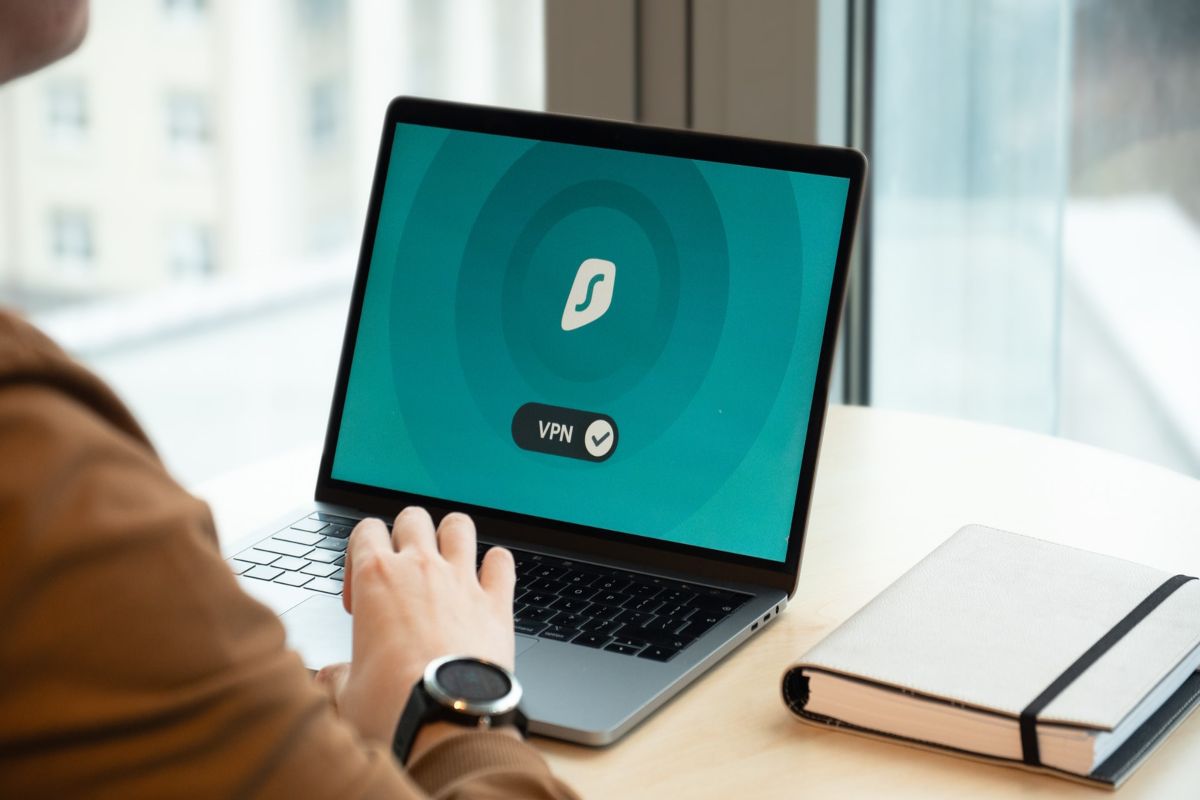


It doesn’t matter which device you use, as long as you’re running Windows 10. Once you specify these details along with the server name or address, you can save the VPN profile, add the VPN connection, and quickly connect to it. Using the Windows 10 built-in VPN provider, you can create a VPN connection using the PPTP, L2TP/IPsec with a certificate or pre-shared key, SSTP, or IKEv2 protocols.ĭepending on the authentication type, you can sign in with a username and password, smart card, one-time password, or certificate. Select the VPN connection and click Connect.Enter the VPN connection details and click Save.Press the Start button, type VPN settings, and press Enter.You Don’t Currently Have Permission to Access This Folder.How to Migrate/Clone Your OS to a Smaller SSD.

Error 1310 Error Writing to File: 5 Easy Fixes to Try.0xc00001 Error in Windows 10: How to Quickly Fix it.30-day money-back guarantee (no free trial).Compatible with Windows, macOS, Linux, Android, iOS, Chrome, Firefox, Opera.But you won’t be able to access all its features. There’s also an exclusive ad blocker called PIA MACE, which defends your web browsers from phishing and other dangers.īesides, you can still set up a VPN connection securely using the Windows 10 built-in VPN provider and PIA’s connection details if you prefer this option without having to rely on the desktop client.įor example, you can set up an IPsec VPN client in Windows 10 using PIA. It provides unlimited bandwidth, native port forwarding, split-tunneling mode, and a kill switch. It even has the OpenVPN and WireGuard protocols, which aren’t covered by the Windows 10 features.įurthermore, PIA can protect your VPN connections with exclusive DNS servers. PIA supports multiple VPN protocols and encryption modes to secure your Internet connection and bypass any firewall.


 0 kommentar(er)
0 kommentar(er)
